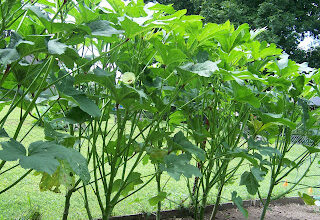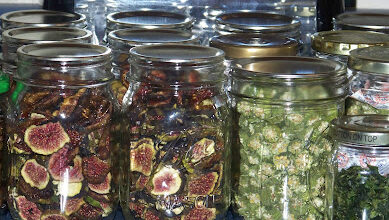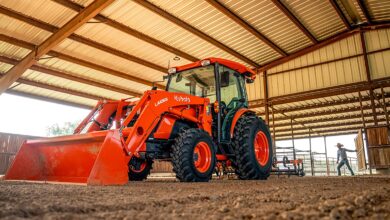The Crop Plan Vs The Payout
When it comes to planning crop production for the year, producers rely on a mix of resources, including crop guides, crop planners, future contract prices, and a whole host of other inputs. But one thing farmers cannot plan for is the end-of-season return over total expenses, aka profits.
Crop production is unpredictable for several reasons. You could have bad weather, which wipes out part of your crop, stunted growth, unexpected machinery costs, possibly tariffs on your chemical mid-season, or prices just not being what you had hoped. Planning and projections are useful, but until harvest, there is no way to know what is in the bin- or what it is worth.
Planning for the 2024 crop Year
To illustrate just how uncertain and how much risk producers take on, let’s use the very useful and reliable Saskatchewan Crop Planning Guides Online Calculator for 2024 to see the financial impact that yield alone could have on a farm, like Chelsea did when she crunched the numbers of farm startup costs.

Let’s assume a farm slightly larger than the average Saskatchewan farm, three full sections of land totalling 1920 acres, with less than 5% unsuitable for seeding. All arable land will be seeded. South West Saskatchewan does not offer ideal or preferable growing conditions for any of the crops listed in the Crop Planning Guide in Saskatchewan, especially canola.
Still, 2024’s future prices for canola were strong, making it a profitable crop despite its lower yield in this region. So I dedicate 625 acres to canola.
Originally, I had considered oats, but looking at the planner’s brown soil zone, I noticed that the breakeven for yield was not likely attainable. The crop planner estimated the area would need a breakeven yield of 60.87 bu/ac, but the estimated yield for brown soil in 2024 was only 53.82 bu/ac. Knowing that my estimated yield was projected as less than my breakeven, and my return over total expenses would be -$37.03/acre, oats were too risky. Instead, I went with crops whose breakeven yield didn’t exceed projected yields, splitting the remaining acres into 610 of durum and 620 acres of large green lentils.
Calculating expenses
The Crop Planning Guides Calculator works by letting producers input both estimated revenues and expenses. For revenues, you enter acres seeded, estimated yield (which we will cover later), and the estimated on-farm market price, which I took straight from the calculator since I didn’t have a contract lined up for selling any of these crops.
Then there are the expenses, calculated on a per-acre basis. Since I am not a farmer in real life, I stuck with the suggested agronomic inputs for each crop across Saskatchewan’s soil zones to represent the variable expenses, as seen in Table 1. Each crop’s variable expenses varied:
- Canola had the highest input costs per acre at $357.70/acre
- Lentils and durum were at least 20% less, at $282.19 and $265.04/acre.
Each crop has a different distribution of costs. Durum seed costs are significantly less than the other crops, and its herbicide inputs were lower as well. Lentils require fewer fertilizer inputs, as these legumes are nitrogen fixers, yet they have higher plant protection costs than the other two crops. This is partly because lentils are susceptible to a host of diseases, often needing multiple fungicide applications to prevent economic damage, and they are also less competitive against weed competition early on, increasing herbicide costs.




